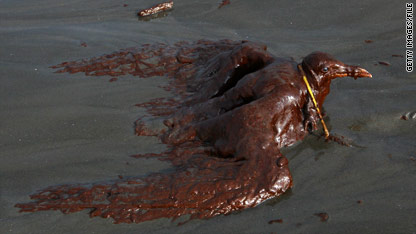 |
| Source |

~A place to find my way in the world~

 |
| Source |

 |
| Source |
 |
| Source
This photo shows an example of a country with no place to put its refuse. A BBC article about Thilafush, an artificial island in the Maldives, says that boats sometimes had to wait as long as 7 hours to unload trash onto the island. Much of the trash was from the tourist hotels on other islands. The government suspended use of the island as a dump site in 2011; however, all of that trash is still going somewhere. All around the world there are giant dumps of trash. And for trash that doesn't make it to landfill and escapes into streets and fields and ultimately waterways, there are five huge trash gyres in the oceans of the world where it can continue to accumulate. The one in the Pacific Ocean spreads out into an area the size of the state of Texas - a plastic Texas. Instead of a landfill, we have created "water-fills."
Here's a trailer for a movie that I'm looking forward to watching: |

 |
| Source |
 |
| Source |



 |
| Source |
 |
| Source |

Personal Care Products
Our desire to be beautiful often has disturbing consequences. Among them, is the treatment of laboratory animals. Although many consumers believe that animals must be sacrificed for the lives of human beings, much of the animal testing that takes place is not only unnecessary, it isn't even required by law. (I tried to choose a photo that makes one think without being too disturbing. The reality of animal testing is much more disturbing than this photo.)
|


 |
| Source |
The League of Women Voters is withdrawing its sponsorship of the presidential debate...because the demands of the two campaign organizations would perpetrate a fraud on the American voter. It has become clear to us that the candidates' organizations aim to add debates to their list of campaign-trail charades devoid of substance, spontaneity and honest answers to tough questions. The League has no intention of becoming an accessory to the hoodwinking of the American public. [Emphasis added.] (Source)Thus, the Commission on Presidential Debates stepped in to fill the void. This organization enters into secret agreements with the candidates and keeps their donor (but not their sponsor) list private. (Kudos to the YWCA USA, Philips Electronics, and BBH New York, two of which were past sponsors of the debate, for pulling their support this year because third party candidates were not included in the debates.)

 |
| Source |
 |
| Source |



 | |
|
 |
| Source |

 |
| Source |

 |
| Source |
 |
| Source |


 |
| Source |
 |
| Source |


 |
| Source |

 |
| Mist over the hills |
 |
| More mist |
 |
| Goats where the barn pasture and the back pasture meet |
 |
| Joey and Miracle |
